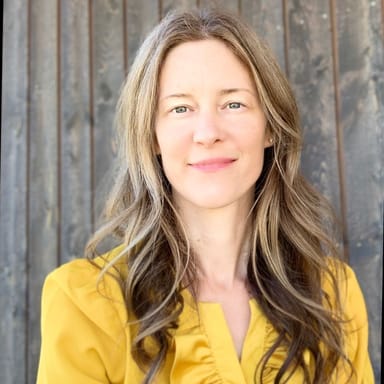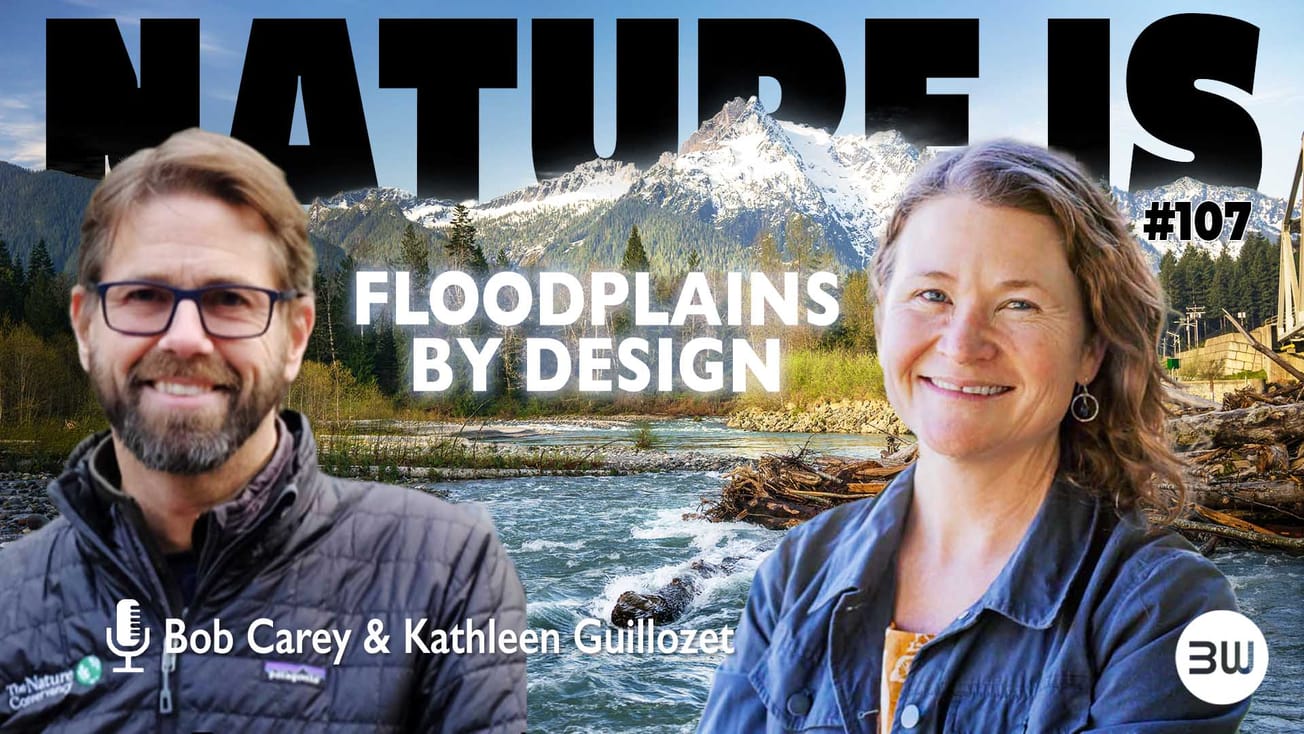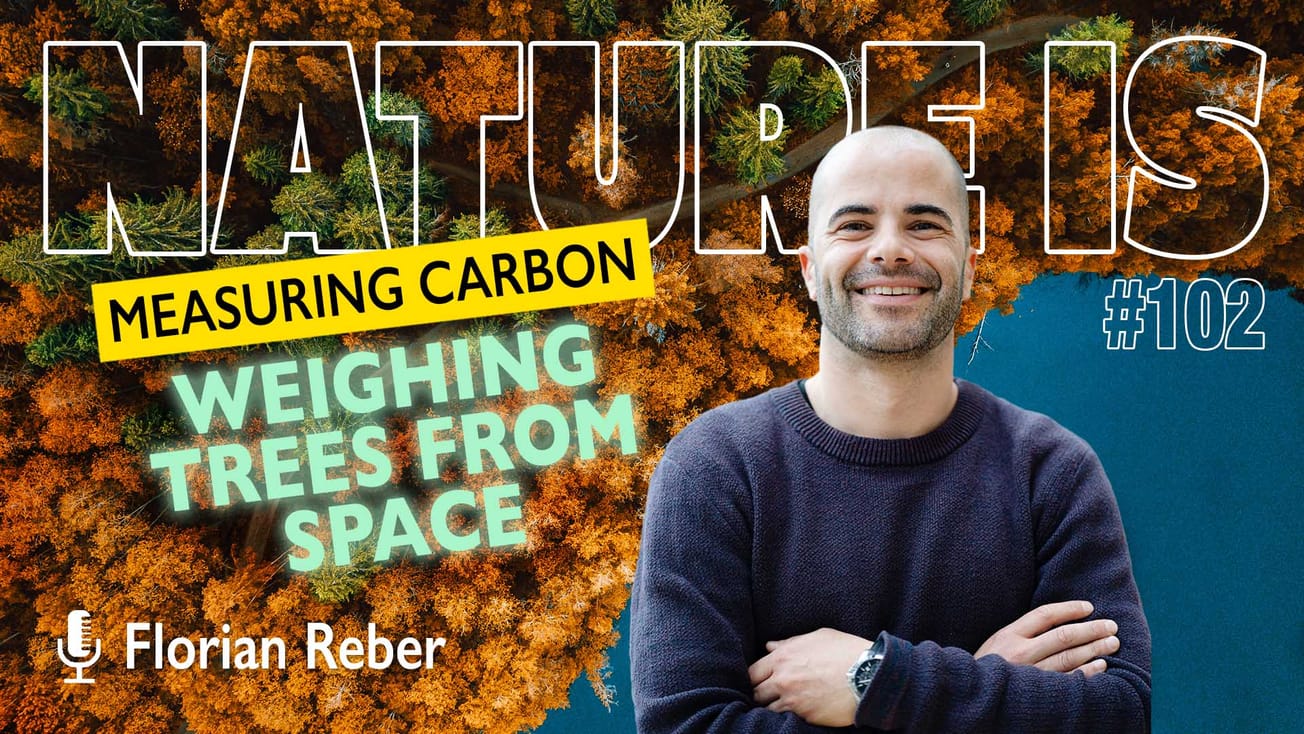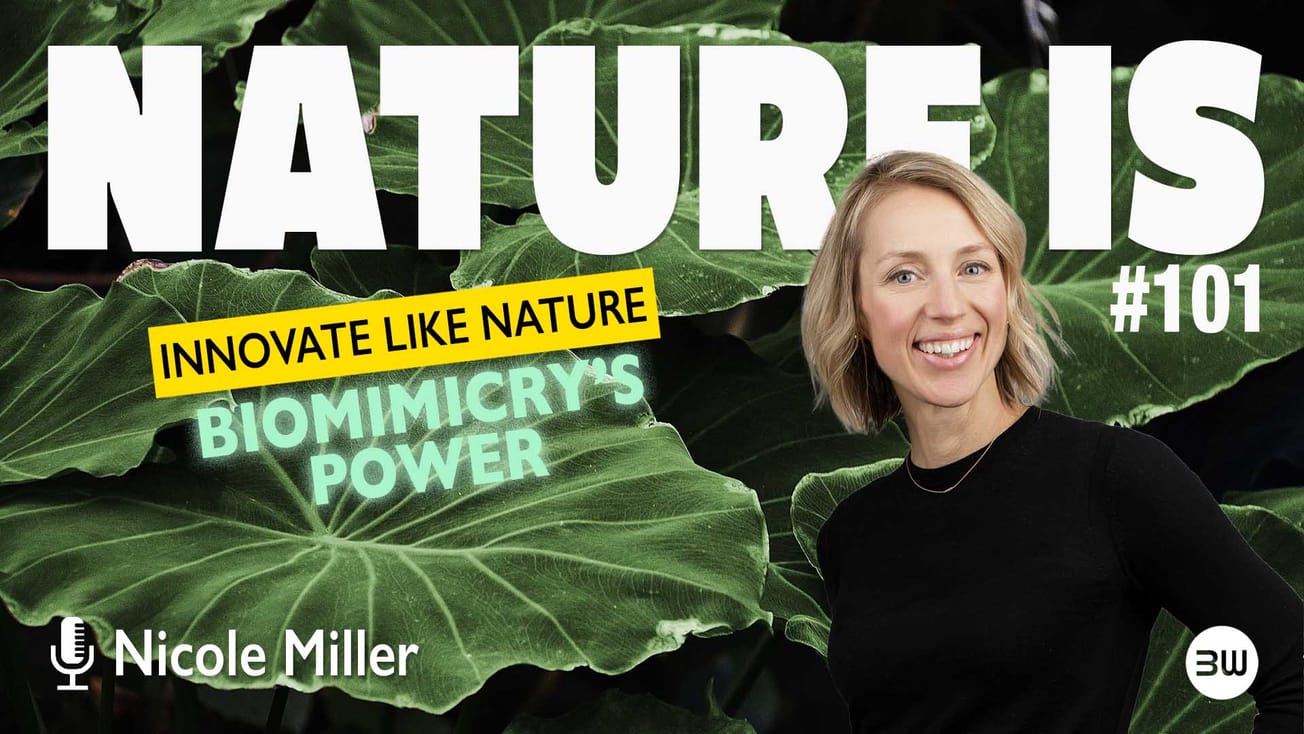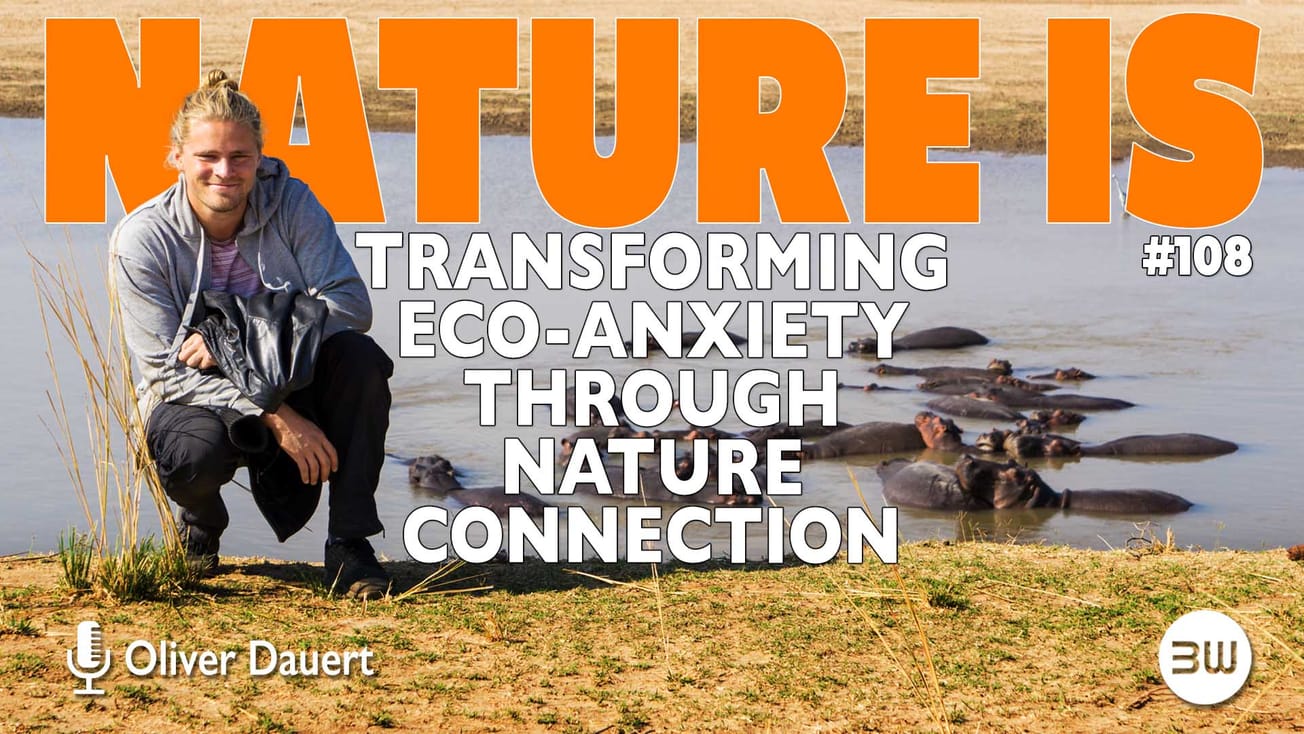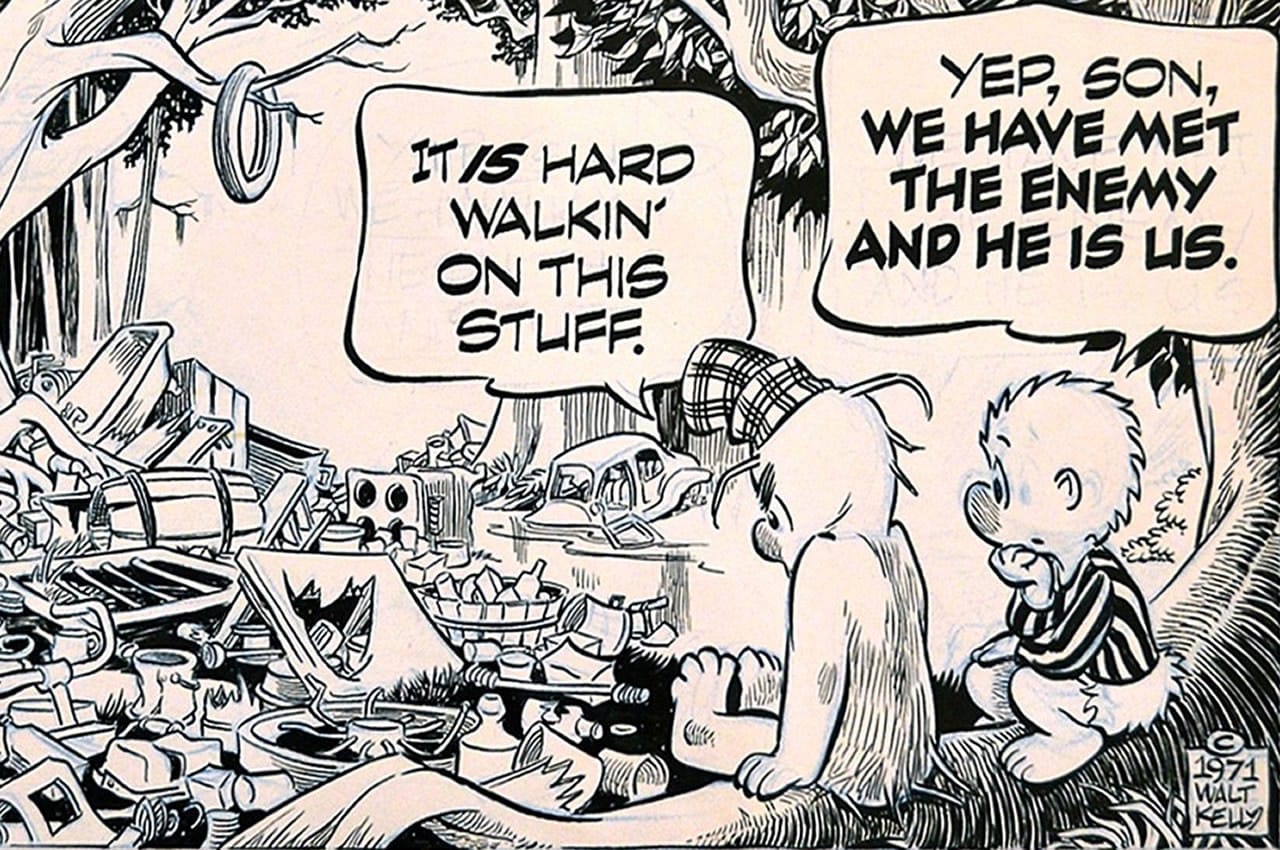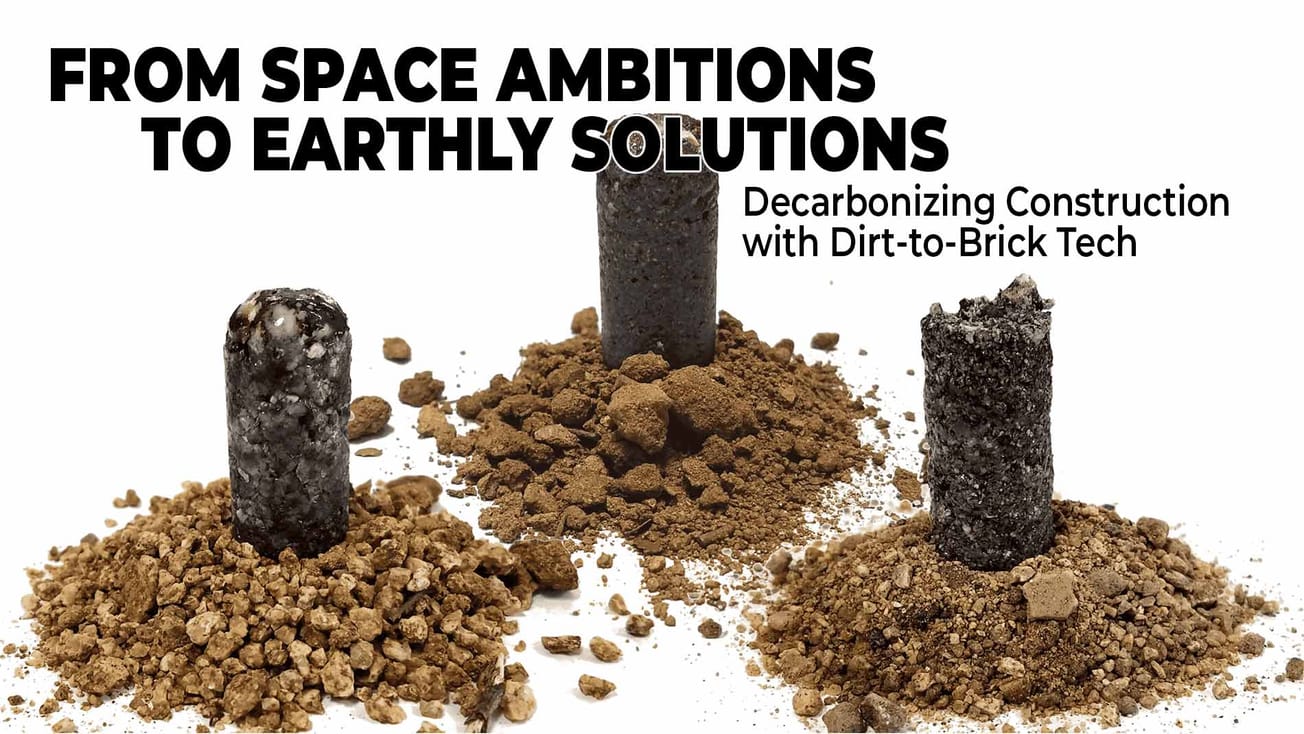In our increasingly noise-polluted world, it can be difficult to hear what nature is saying all around us. From whales calling across vast ocean basins, to insects humming in the rainforest canopy, the natural world is teeming with acoustic life. Think of it as nature’s orchestra!
In this week’s episode of Nature IS we have the privilege of speaking with Michel André, Director of the Laboratory of Applied Bioacoustics (LAB), and Soraya Hidalgo, Head of Strategic Partnerships at the Technical University of Catalonia BarcelonaTech (UPC). Based in Barcelona, the LAB is at the forefront of this emerging field of bioacoustics - the science of sound production, transmission, and reception in living organisms.
Their globally dispersed acoustic observatories act as artificial ears, utilizing microphones on land and hydrophones in the ocean to continuously monitor the sounds of life.
"Bioacoustics is the science of the sound of life," explains Michel André, founder of The Sense of Silence Foundation. "We use artificial ears to replicate our capacity to listen, then apply signal processing techniques to extract and identify the sources creating these sounds."
From the Amazon Rainforest to polar regions to marine protected areas, the Foundation has deployed over 150 automatic recording stations. The solar-powered devices capture audio data 24/7 which is processed through machine learning algorithms to classify species vocalizations amidst the ambient sounds of weather, human activities, and natural phenomena. This reconstructed "soundscape" provides an invaluable window into the dynamics of an ecosystem.
"If we accept that hearing is perhaps the sense most universally shared across Earth's lifeforms, then acoustics is essential for measuring the pulse of nature's health," says André. "Our survival depends on the planet's well-being."
One of their flagship projects, Project Providence, is in the Amazon Rainforest, an area notoriously difficult to study beneath its dense canopy. By strategically placing acoustic sensors across different regions, The Sense of Silence together with the Mamirauá Institute (co-leader of Project Providence) collects baseline biodiversity data where none existed. This allows them to monitor changes from deforestation, mining, overfisging and other human encroachments over time.
In the Arctic and Antarctic, their "Listen to the Poles" initiative is working to establish marine acoustic corridors. As multi-year ice disappears, opening the region to new commercial exploitation, these recordings will help identify key habitats and migration routes needing protection.
The insights afforded by this technology are already proving invaluable. The long-term datasets have contributed to policies like the EU's Marine Strategy Framework Directive, which sets standards for underwater noise levels that EU members must meet.
Beyond the scientific applications, the Sense of Silence team hopes their work reawakens humanity's appreciation for nature's symphonic makeup. "If we would take just a few minutes per day listening to nature's sounds, we might feel more connected and understand the message it's sending about protecting what sustains us," reflects André.
As Soraya Hidalgo movingly recounts, "When you're in the Amazon at night and close your eyes, you hear this beautiful, perfect orchestra of animals, insects, the trees swaying in the breeze, you feel we must preserve these ecosystems."
Our planetary life-support systems are unraveling from environmental pressures, and the acoustic data reveals the interconnectedness of all environments and species. By learning to listen to nature's orchestra, we can harmonize our role as a more conscious, sustainable force. As André implores, "Please, listen to nature."
Reference links:
The Sense of Silence Foundation
A short film introducing the Sense of Silence initiatives and their technological approach to monitoring biodiversity.


